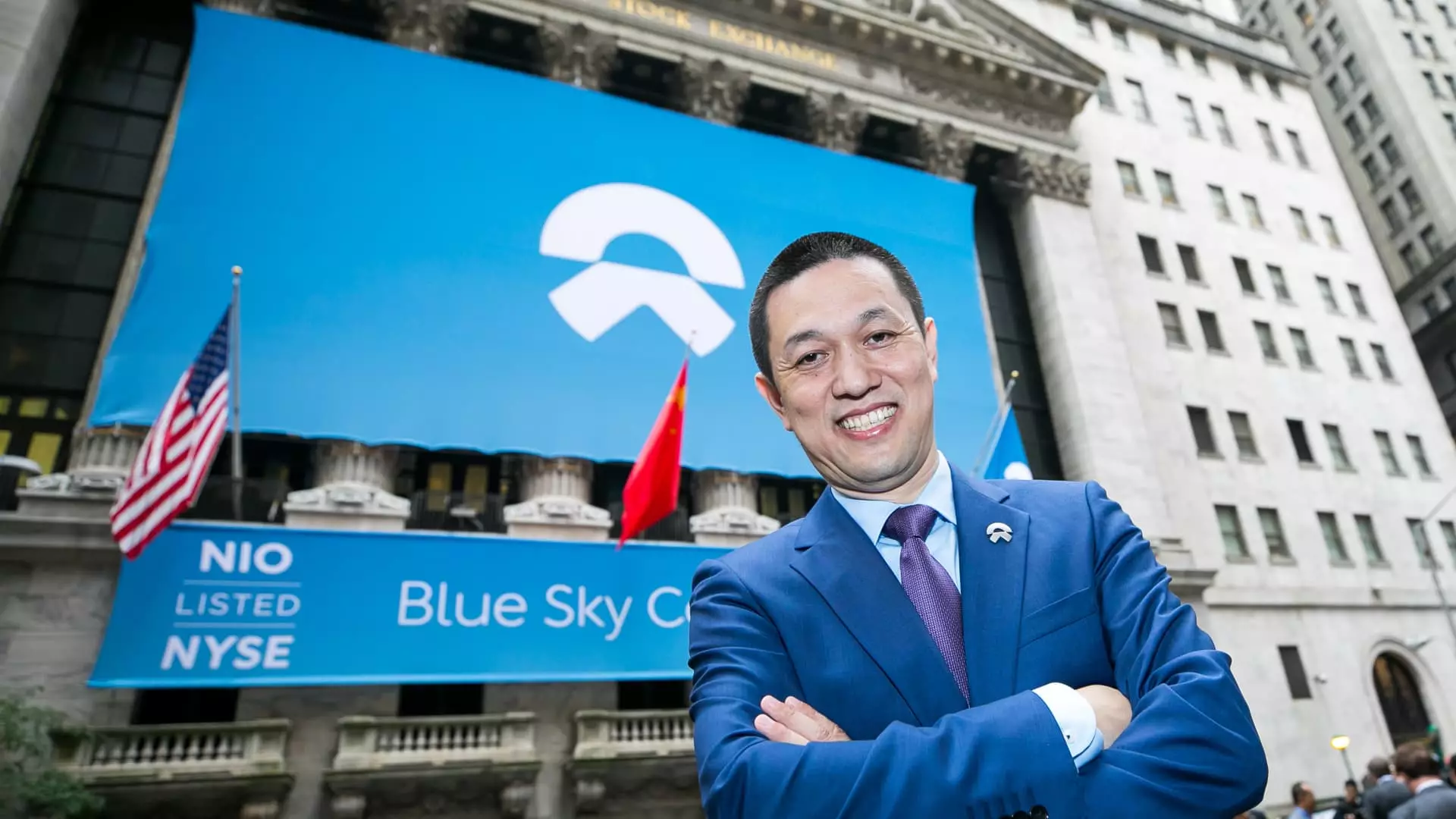Chinese electric car start-up Nio, known for its premium vehicles, is now set to enter the lower-priced segment of the market. The company’s CEO, William Li, revealed plans to release a new mass market SUV that will be priced cheaper than Tesla’s Model Y, which starts at 249,900 yuan ($35,197) in China. This strategic move by Nio marks a significant shift from its initial focus on the premium market, where it has been operating for over a decade.
Nio’s decision to launch a more affordable mass market brand, named Onvo or “Le Dao” in Chinese, demonstrates the company’s aim to attract a wider consumer base. The new SUV is expected to offer competitive features and specifications while maintaining a lower price point compared to its existing models. This move will undoubtedly place Nio in direct competition with local rival BYD and global car manufacturer Volkswagen, as they all vie for a larger share of China’s rapidly growing electric vehicle market.
Xpeng’s Foray into the Mass Market
Similarly, Xpeng, another prominent electric car start-up in China, is also gearing up to tap into the lower-priced segment with the launch of its new sub-brand Mona. Vice Chairman and Co-President Brian Gu revealed that Xpeng’s upcoming cars under the Mona sub-brand will be priced below 150,000 yuan ($20,700), catering to a more budget-conscious consumer demographic. This strategic move aligns with Xpeng’s goal to expand its market reach and establish a stronger presence in the competitive electric vehicle landscape.
Gu emphasized that by leveraging scale, advanced technology, and efficient cost control measures, Xpeng aims to offer cutting-edge features and innovations to the mass market segment. The company’s focus on enhancing driver-assist software as a key selling point underscores its commitment to delivering high-quality and technologically advanced vehicles to customers across China. With a clear emphasis on differentiating its offerings for the mass market, Xpeng aims to carve out a distinct competitive advantage in a crowded industry landscape.
Competitive Dynamics and Market Trends
The intensifying price war in China’s new energy car market has fueled increased competition among established players and emerging entrants. As the demand for electric vehicles continues to soar, manufacturers are jostling to capture market share and establish brand loyalty among consumers. The emergence of new sub-brands from Nio and Xpeng signifies a broader trend towards diversification and market segmentation within the electric car industry.
Chinese car giant BYD, known for its presence in the lower end of the mass market, has also expanded its product portfolio by introducing premium and luxury cars under new brands. This strategic diversification allows BYD to cater to a wider range of consumer preferences and budget considerations, further strengthening its position in the rapidly evolving electric vehicle market. The launch of a new hybrid-powered car by BYD underscores the company’s commitment to innovation and sustainability in the automotive sector.
The entry of Nio and Xpeng into the lower-priced market segment reflects a strategic shift in their growth strategies and market positioning. By introducing more affordable and consumer-friendly models, these electric car start-ups are poised to attract a broader customer base and drive greater adoption of electric vehicles in China. As competition continues to intensify and market dynamics evolve, it will be crucial for companies to innovate, differentiate, and adapt to changing consumer preferences to succeed in the competitive electric car market.


Leave a Reply